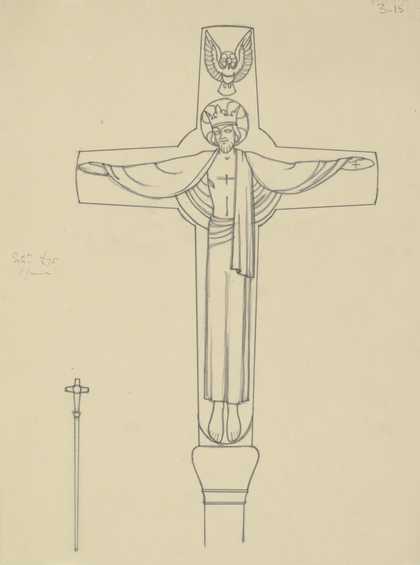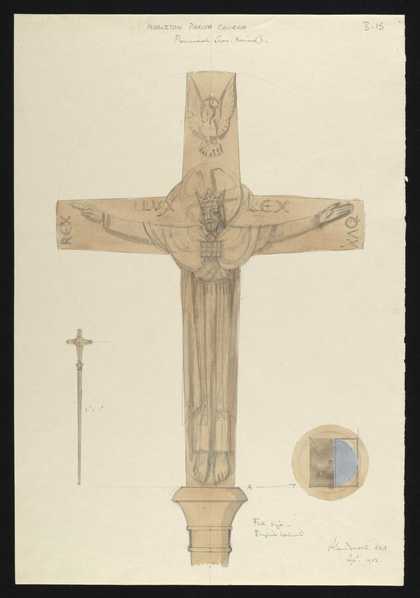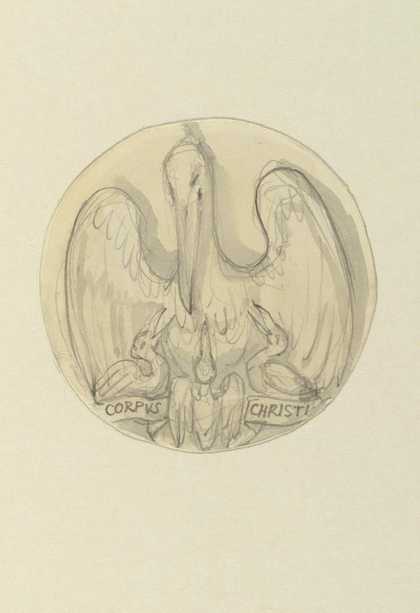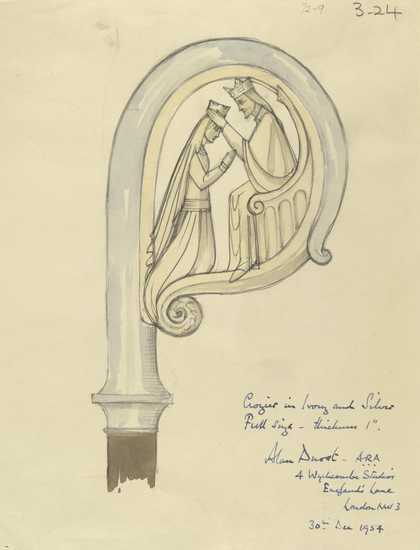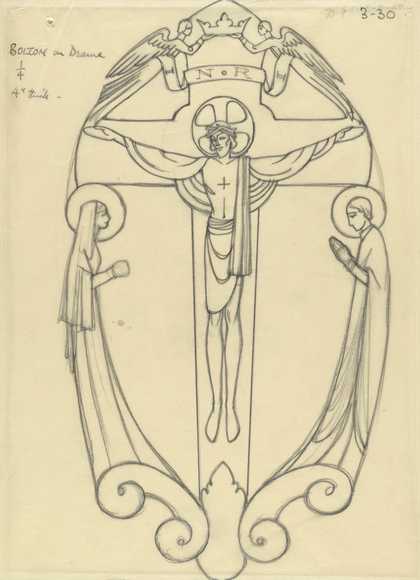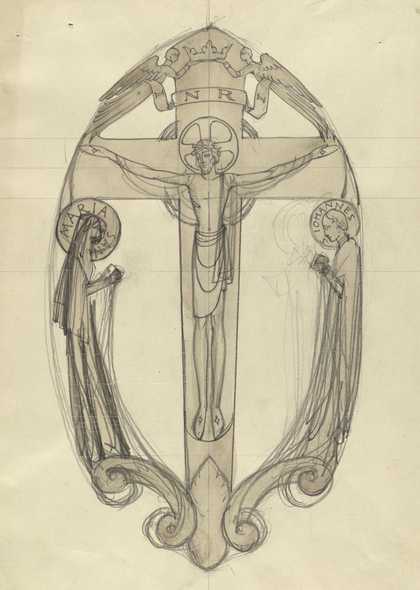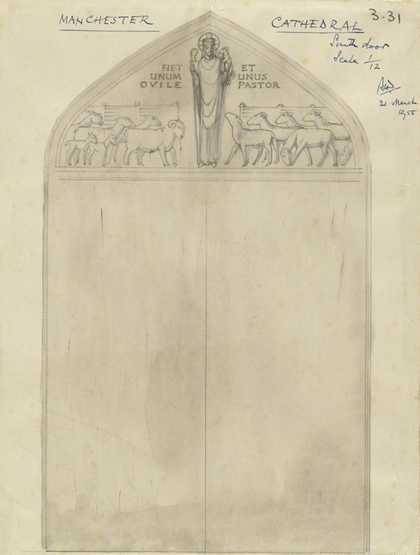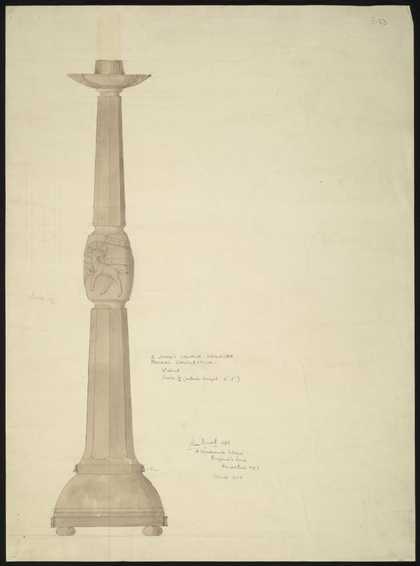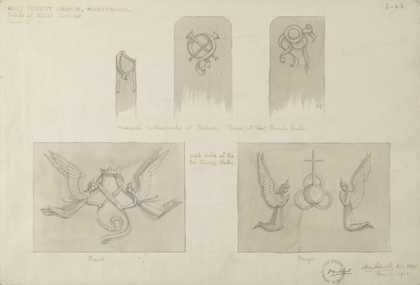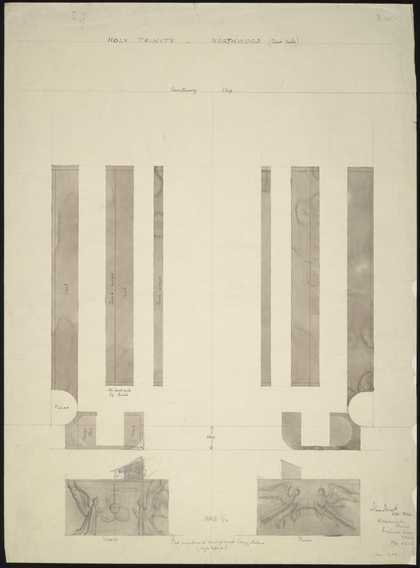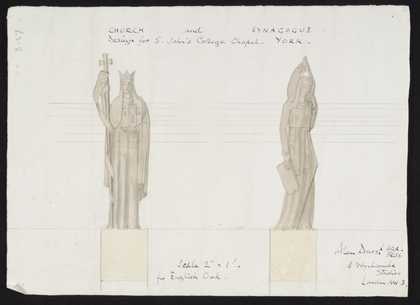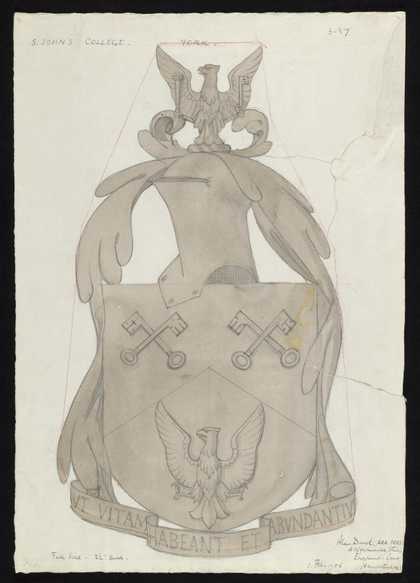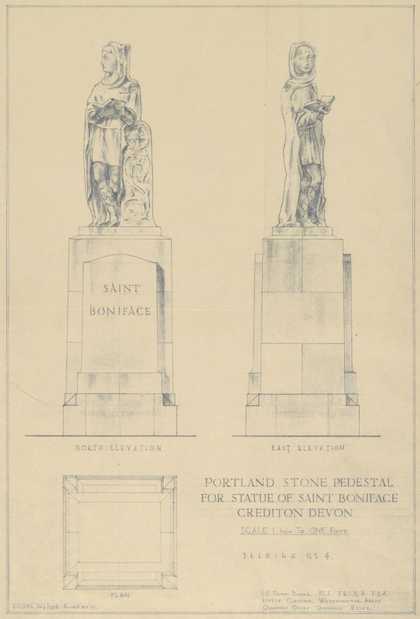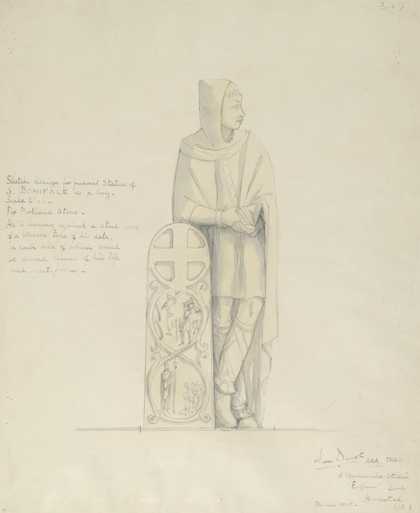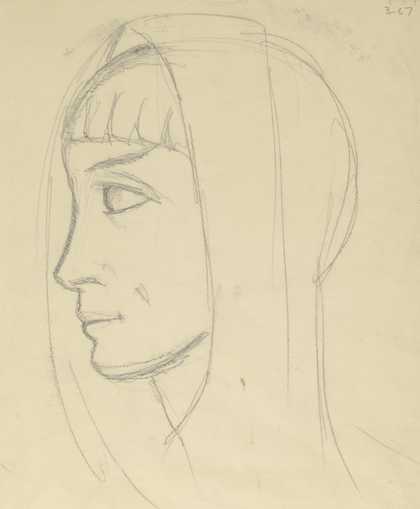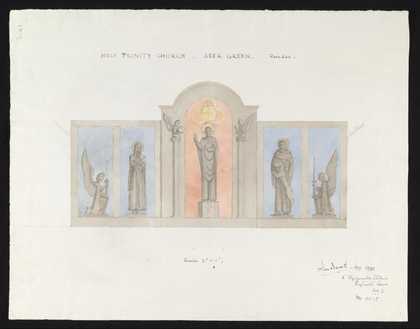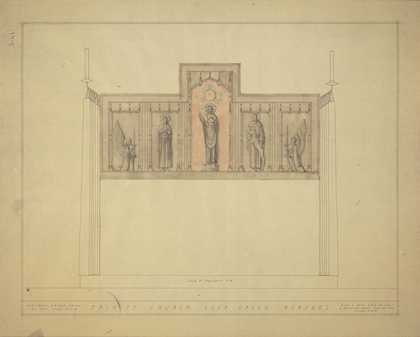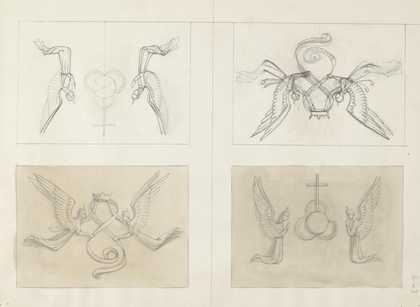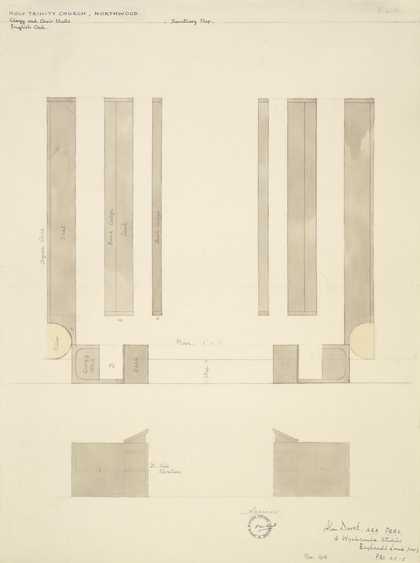Personal papers and artwork of Alan Durst
1908–70

Alan Durst (1883-1970) was born in Alverstoke, Hampshire, and educated at Marlborough College. He then served in the Royal Marines until 1913, when he began to learn to carve ivory at the London County Council Central School. His interest in carving led him to Chartres where he became enamoured of stone. But the First World War intervened, and for five years he served at sea, and on demobilization became curator of the Watts Museum at Compton, Surrey. In 1920, he returned to London and the Central School, carving in stone and wood, particularly for architectural and decorative purposes. He exhibited widely: in 1928 for instance, his work was shown at the Venice Biennale, the Duveen Exhibition at Buenos Aires, the London Group Retrospective, the Imperial Institute, and the Garden Sculpture Show at the Horticultural Hall. Durst believed that the disregard of material by the sculptor was due to the overwhelming application of modelling, supervening on the lost art of Gothic carving. These designs reflect Durst's sculptural work from 1919 into the 1960s and display Durst's creative talent and ability as a draughtsman. They show the initial design stages and permutations of many of his ecclesiastical and commercial commissions including friezes, murals, statues, processional crosses, altar pieces, fonts and memorials.
- Collection Owner
- Alan L. Durst 1883–1970
- Collection
- Tate Archive
- Acquisition
- Presented by David Durst, 1972
- Reference
- TGA 729
181 objects in this collection
- Title
- Designs and sketches
- Date
- 1919–60
- Reference
- TGA 729/3

